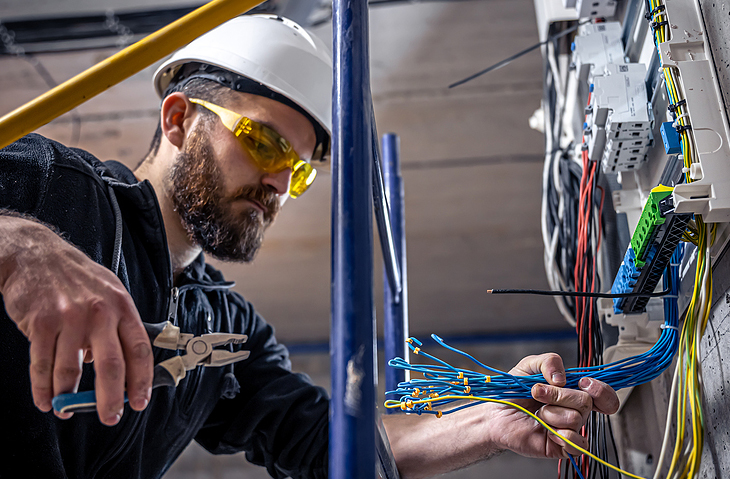A critical roadblock has emerged as the United States continues to make strides towards a cleaner, more sustainable future. This obstacle is not technological or financial but rather a human resource issue - a significant shortage of electricians. A skilled workforce of electricians is essential to maintain our current infrastructure, facilitate a clean energy transition, and support the expected boom in electric vehicles. Recent reports from respected sources like The New Yorker and Marketplace highlight the magnitude of the problem. This article sheds light on this pressing issue, explores its implications, and discusses potential solutions.
Unplugging the Problem: Understanding the Electrician Shortage
The shortage of electrcians in the United States is not sudden but a series of converging factors. As older electricians retire, there is a substantial gap in the workforce, with not enough young people entering the profession to fill it. Furthermore, the increasing demand for electricity due to digitization and electrification of various sectors is putting additional pressure on this dwindling workforce. The shift towards clean energy, which requires skilled electricians to install and maintain solar panels and wind turbines, adds another layer to the demand.
The Shockwave: Implications of the Electrician Shortage
The implications of the electrician shortage are far-reaching, affecting the energy sector and the broader economy. This shortage could slow down the transition to renewable energy, as there will need to be more skilled workers to install and maintain the necessary infrastructure. Consequently, it could impact the country's ability to meet its environmental goals. Furthermore, the electrcians shortage could result in delayed construction projects, reduced productivity, and increased costs as the demand for these skilled workers outpaces the supply. Even households could face longer wait times for electrical repairs and installations.
Bright Sparks: Initiatives to Tackle the Shortage
Fortunately, various stakeholders recognize the severity of the situation and have started initiatives to tackle the shortage. For instance, trade schools and community colleges ramp up their electrician training programs, offering incentives to attract more students. Similarly, some states have started apprenticeship programs that provide on-the-job training, making the profession more accessible. Industry players are also trying to increase diversity in the profession by encouraging more women and minorities to become electricians.
High Voltage: The Role of Policy and Legislation
Policy and legislation can play a significant role in mitigating the electrician shortage. Governments could provide tax incentives or subsidies for people pursuing careers as electricians, making the profession more financially attractive. Policies that streamline the licensing process could also make it easier for people to enter the profession. Additionally, legislation promoting vocational training in high schools could encourage more young people to consider a career as an electrician. Policies supporting clean energy transition and electric vehicles could further create demand for electricians, highlighting the profession's essential role in a sustainable future.
The Circuit Breaker: Looking Ahead
While the electrician shortage is a significant challenge, it's also an opportunity for systemic change. By investing in education and training, promoting diversity, and implementing supportive policies, we can address the shortage and create a stronger, more resilient workforce. Moreover, by highlighting the role of electricians in the clean energy transition and the electric vehicle boom, we can attract a new generation to the profession. It's not just about powering our homes and cities but about powering a sustainable future for all.
The shortage of electricians in the United States is a pressing issue that demands our attention. By understanding the root causes and implications of the problem, we can begin to devise effective strategies to address it. Although the challenge is significant, we can turn the tide with concerted efforts from educational institutions, industry stakeholders, and policymakers. The electrician profession is vital for maintaining our current electrical infrastructure and is central to the nation's sustainable future. By elevating this profession's stature and making it more accessible and appealing, we can ensure a steady supply of skilled electricians for years. So, let's switch on our collective efforts and illuminate the path toward a brighter, electrified future.

